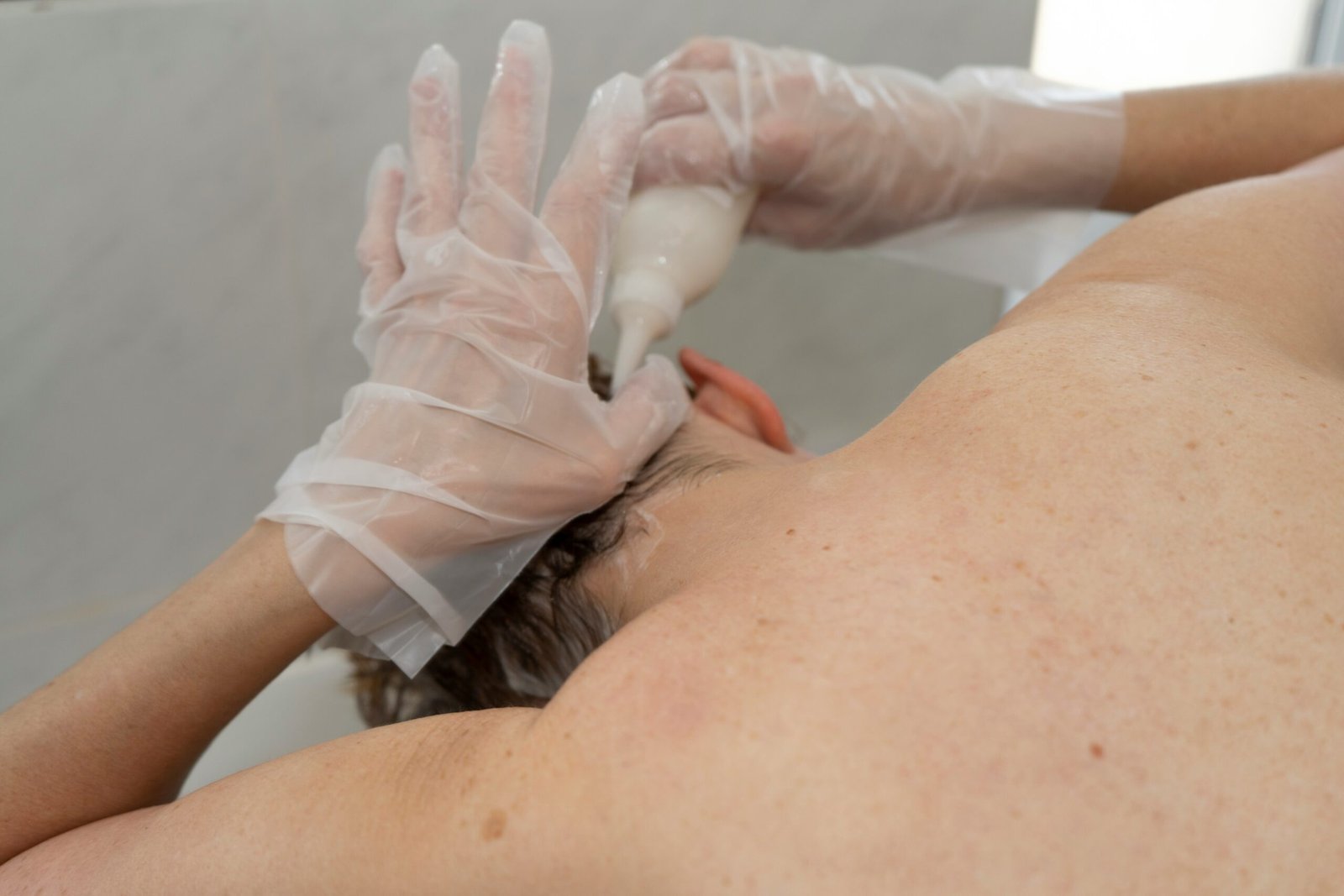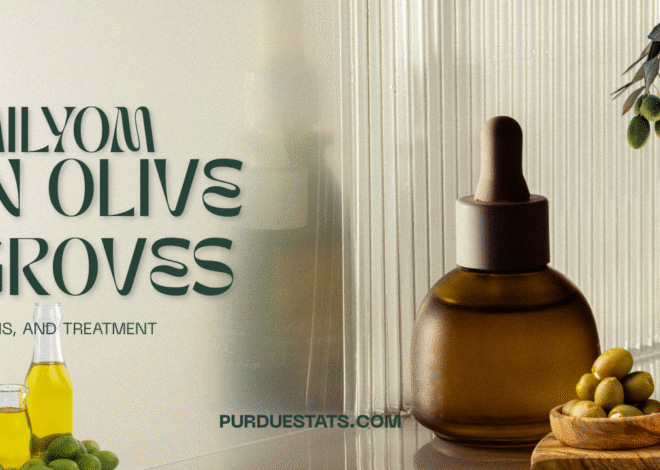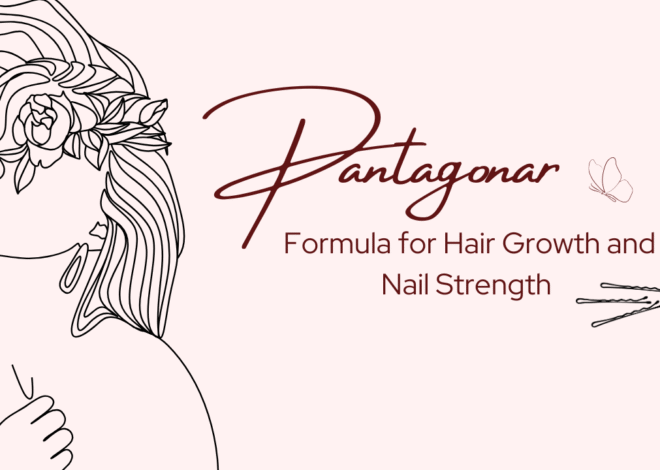
Cellulogia Explained: What You Need to Know About Cellulite
Cellulite is a common skin condition that affects countless individuals, yet it remains shrouded in misconceptions and stigma. Often dismissed as merely an aesthetic issue, cellulite can impact confidence and body image for many. Whether you’re staring at your reflection or scrolling through social media, the prevalence of this dimpled skin texture is hard to ignore. But what exactly causes cellulite? Why does it seem like some people have it while others don’t? In this post, we’ll dive deep into the world of cellulogia—unpacking its causes, debunking myths, exploring treatments, and sharing natural remedies to help you understand more about this often misunderstood topic. Let’s embark on a journey toward embracing our bodies just the way they are!
Understanding the Causes of Cellulite
Cellulite forms when fat cells push against the skin, creating that dimpled appearance we often see. But what triggers this process?
Genetics play a significant role. If your parents had cellulite, chances are you may develop it too. Hormonal changes during puberty or pregnancy can also contribute to its development.
Diet matters as well. High-fat and high-sugar foods can lead to an increase in body fat while reducing skin elasticity. Dehydration exacerbates the issue by making skin appear less plump.
Age is another factor; as we grow older, our skin loses collagen and becomes thinner, making those pesky dimples more visible. Lifestyle choices like lack of exercise further compound the problem, leading to uneven fat distribution beneath the surface.
Understanding these causes helps demystify cellulite and encourages better self-acceptance in a world obsessed with perfection.
Common Myths about Cellulite
Cellulite is often surrounded by a cloud of misconceptions. One prevalent myth is that only overweight individuals can have cellulite. The truth? Thin people can also develop this common skin condition, as it’s about genetics and body composition rather than weight alone.
Another misconception suggests that poor circulation causes cellulite. While blood flow plays a role in skin health, the real culprits are structural changes in fat cells and connective tissue.
Many believe that creams and lotions can completely eliminate cellulite. However, topical products may offer temporary tightening effects but do not penetrate deeply enough to make lasting changes.
Some think that exercise will magically erase cellulite. Although fitness improves muscle tone and overall appearance, it won’t necessarily banish those dimples entirely.
Understanding these myths helps demystify the reality of cellulite, paving the way for healthier perceptions of our bodies.
Different Types of Treatments for Cellulite
When it comes to tackling cellulite, several treatments are available that cater to different preferences and needs.
Topical creams often promise smoother skin. These products usually contain caffeine or retinol, which can temporarily tighten the skin’s surface.
For those seeking more immediate results, professional options like laser therapy have gained popularity. This method targets fat cells and stimulates collagen production for a firmer appearance.
Another avenue is acoustic wave therapy, utilizing sound waves to break down cellulite deposits. Many find this treatment effective in reducing dimpling over time.
Surgical options like liposuction also exist but come with risks and longer recovery times. Those considering surgical methods should consult medical professionals thoroughly.
Some clinics offer radiofrequency treatments that heat the tissue beneath the skin’s surface, promoting better circulation and collagen growth while smoothing out uneven textures. Each option presents unique benefits—individual experiences may vary significantly.
Natural Remedies for Reducing the Appearance of Cellulite
Nature offers a variety of remedies that can help reduce the appearance of cellulite. One popular option is coffee grounds. Gently massaging them onto affected areas can improve circulation and tighten the skin temporarily.
Another effective natural remedy is apple cider vinegar. Diluting it with water and applying it topically may enhance circulation and break down fat deposits under the skin.
Coconut oil deserves attention too. It’s not only moisturizing but also has properties that might boost skin elasticity, making those dimples less noticeable.
Herbal teas like dandelion or green tea can also be beneficial. They promote detoxification, aiding your body in eliminating toxins that contribute to unhealthy skin texture.
Maintaining hydration through adequate water intake helps flush out waste from your system while keeping your skin plump and resilient.
Lifestyle Changes to Prevent and Reduce Cellulite
Adopting healthy lifestyle changes can significantly impact the appearance of cellulite. Start with a balanced diet rich in fruits, vegetables, lean proteins, and whole grains. These foods nourish your skin and help maintain a healthy weight.
Staying hydrated is equally important. Water aids digestion and keeps your skin plump and elastic. Aim for at least eight glasses a day to support overall health.
Regular exercise plays a crucial role as well. Incorporating strength training along with cardio can enhance muscle tone under the skin, making cellulite less noticeable. Activities like yoga or Pilates also improve circulation.
Don’t underestimate the power of sleep; it’s vital for skin repair and regeneration. Establishing a consistent sleep schedule can help manage stress too—another factor that influences cellulite development.
Limit alcohol consumption and avoid smoking to promote better blood circulation and healthier-looking skin over time.
Conclusion: Embracing Your Body and Overcoming Stigmas Surrounding Cellulite
Cellulite is a common and natural part of many bodies. Understanding it can empower individuals to embrace their skin rather than hide it away. The journey toward self-acceptance starts with recognizing that cellulite does not define worth or beauty.
It’s essential to challenge the societal pressures surrounding body image. Many people experience cellulite, regardless of age, shape, or size. This shared experience can foster community and support among those who navigate similar struggles.
Moreover, focusing on health rather than perfection is key. Prioritizing overall well-being through balanced nutrition and regular physical activity can significantly improve how one feels in their skin. Instead of striving for unattainable ideals set by media portrayals, embracing individuality allows for genuine self-love.
So let go of the stigma associated with cellulite. Celebrate your unique body and all it represents—strength, resilience, and beauty in diversity. Each mark tells a story; each curve reflects experiences lived fully. Embrace yourself as you are; after all, confidence shines brighter than any treatment ever could.








